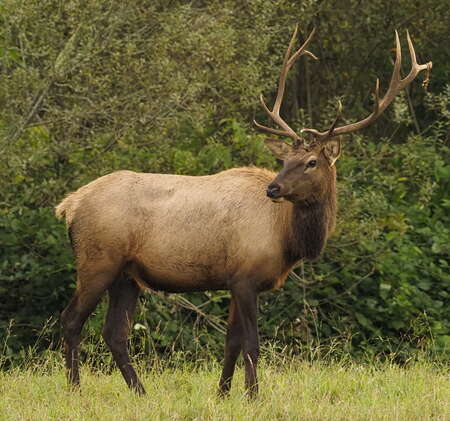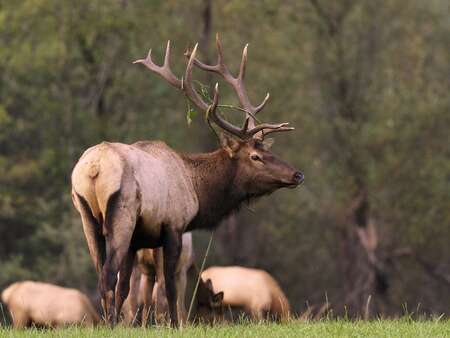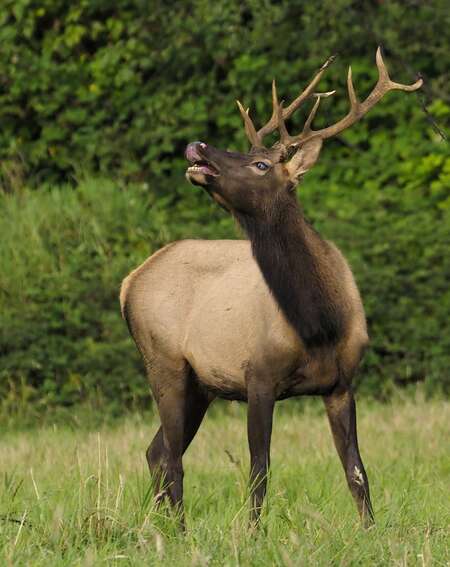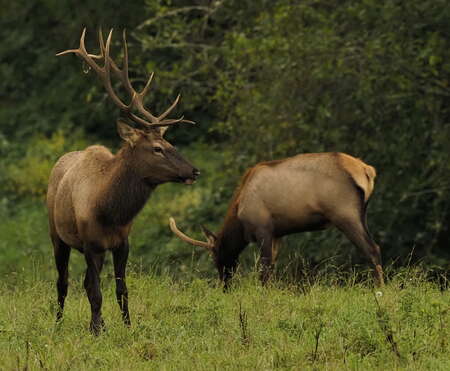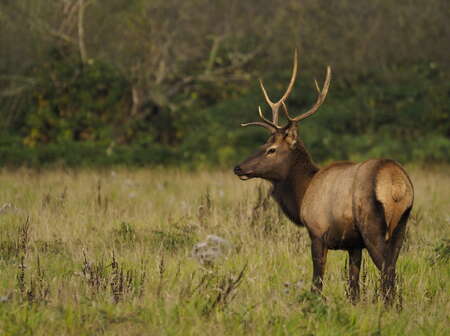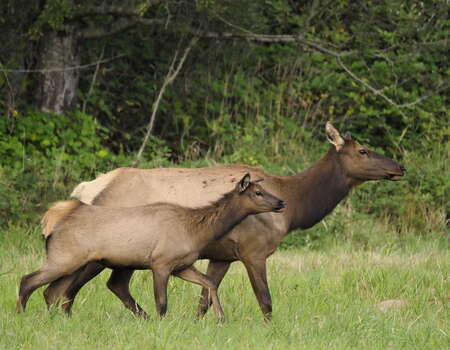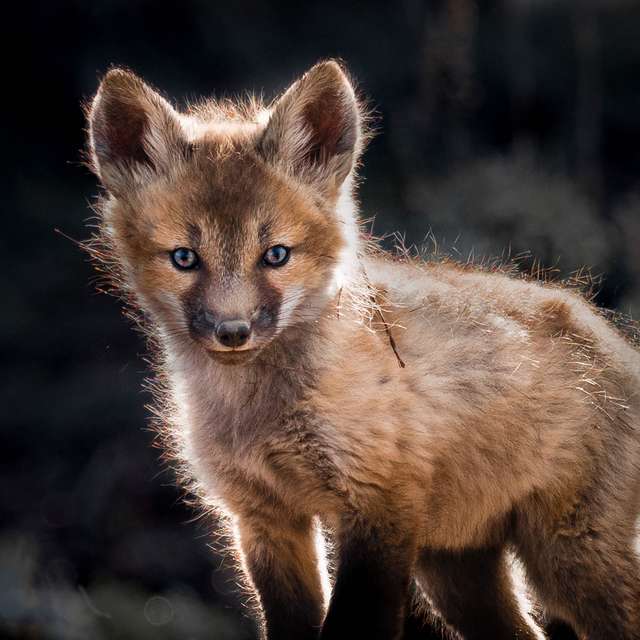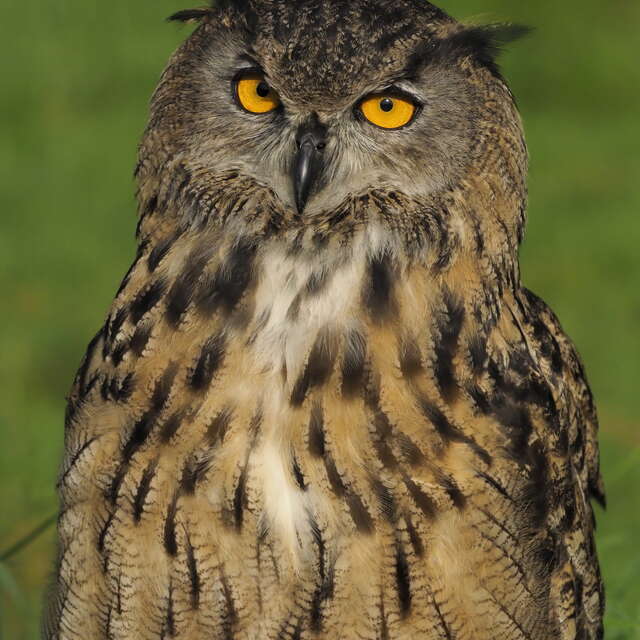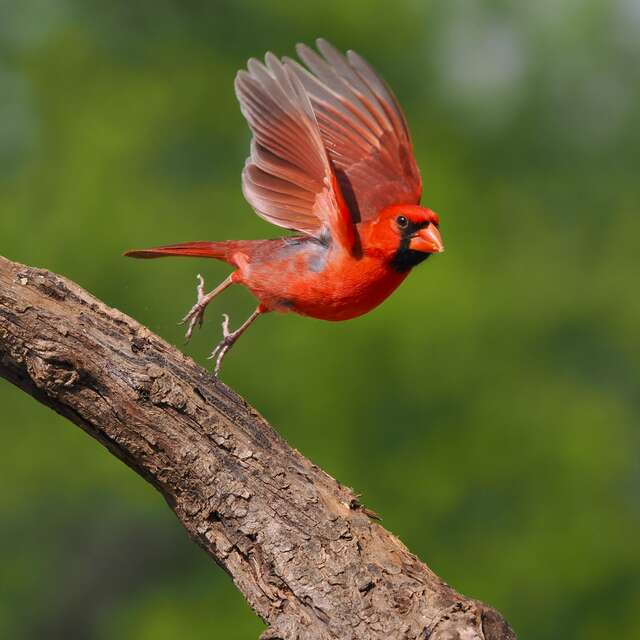There are few things more awe inspiring in nature than the sound of elks bugling in the wild. Trying to capture images of the elk during the peak of their mating season is one of the year’s highlights for me.
Living outside of Seattle, Washington we are fortunate to have access to several elk herds in the region. I concentrate on a group of over 80 elk that live fairly close by. This time of year the elk tend to stay in the smaller area and can be a bit more predictable to locate. The dominant males will keep the group together and, on the move, when needed.
The best time to find the elk and capture images is early in the morning and in the evening. Watching over time I have learned this herd will come out into the open fields from the woods to feed during these times.
Listening for the elks bugling calls to locate the herd is the best bet to initially locate them. I try and determine the direction they are headed and then try to get out in front of the herd and wait for their approach. Giving the elk plenty of space, I pick a spot with a good vantage point and just sit still and wait.
Ideally try and put yourself with the sun at your back so the herd will have good light on them when they approach. Sitting quietly, it is amazing how close they will come to you - but do not get too close or try to chase them. Patience, and the more knowledge you have about your subjects behavior, are the two main ingredients for success.
Shooting from a lower position will usually help your subject stand out in the image and gives a more pleasing perspective. Using the E-M1X with either the M.Zuiko 100-400mm F5.0-6.3 or M.Zuiko 300mm F4.0 IS PRO lens, I will use the MC-14 1.4X teleconverter when the light levels allow for the extra reach.
While the 100-400mm lens with the 1.4X teleconverter gives me great reach and flexibility to adjust composition and delivers outstanding results. When the light levels drop I do switch over to the 300mm lens with the 1.4X teleconverter, for the larger aperture to keep shutter speeds up as long as possible.
I photograph elk in Aperture Priority, the vast majority of the time with the lens wide open. This helps to blur the background to keep the focus on your subject. This also allows for the fastest shutter speed possible as the light levels drop. As the elk come closer it does help to stop your lens down one or two stops.
Since elk are so large, you want to try and keep more of them in focus. As with people, keeping the eyes sharp are critical to a successful shot. If the eyes are visible, the eye closest to the camera must be sharp. To keep the eye sharp use a single focusing spot, or small group of focus points. Keep the focus points on the eyes by using the camera's joystick on the E-M1X or E-M1 Mark III, or use the AF Targeting Pad feature if your camera does not have a joystick.
Keep the camera in C-AF mode to make sure the focus will stay where you want it as the elk move about.
A quick tip on composition: while the elk may be standing in tall grasses and you can’t see their hoofs you still want to be careful where you crop your image when going for a “full elk image” and not cut off the hoofs, even though you can’t see them.
Your image will have a much better balance if you include the hoofs, even when hidden!
Instagram: @old_steve1
Steve Ball is an Olympus Educator residing in the Pacific Northwest, where he found his love of bird photography while working for Olympus as a National Account Executive. Steve photographs all types of birds; both trained/education birds and birds in their natural environment. Steve's favorite camera and lens to shoot with are the OM-D E-M1X and M.Zuiko Digital ED 300mm F4.0 IS PRO.
